Thinking About Houseplants for Cleaner Air? Here’s What Actually Works.
I’ve spent more than two decades with my hands in the dirt, helping everyday folks bring a little bit of green into their homes. And honestly, one question pops up more than any other. Someone will walk into the nursery, point at a big leafy fern, and ask, “So, will this thing really help with my allergies?”
It’s a fantastic question. The quick answer is yes, some plants can definitely help. But the real answer is a little more involved. It’s about understanding what’s floating around in your air and how a plant actually deals with it.
Let’s be super clear from the get-go: a few potted plants won’t replace a high-end air filter or magically cure severe asthma. I want to set some realistic expectations here. What I can do is share what I’ve picked up from years of practical, hands-on experience. We’ll look at the science behind it all, but without the confusing jargon. We’ll talk about the best plants for the job, and I’ll give you the real-deal techniques to keep them thriving. Because let’s face it, a dead plant isn’t cleaning anything.
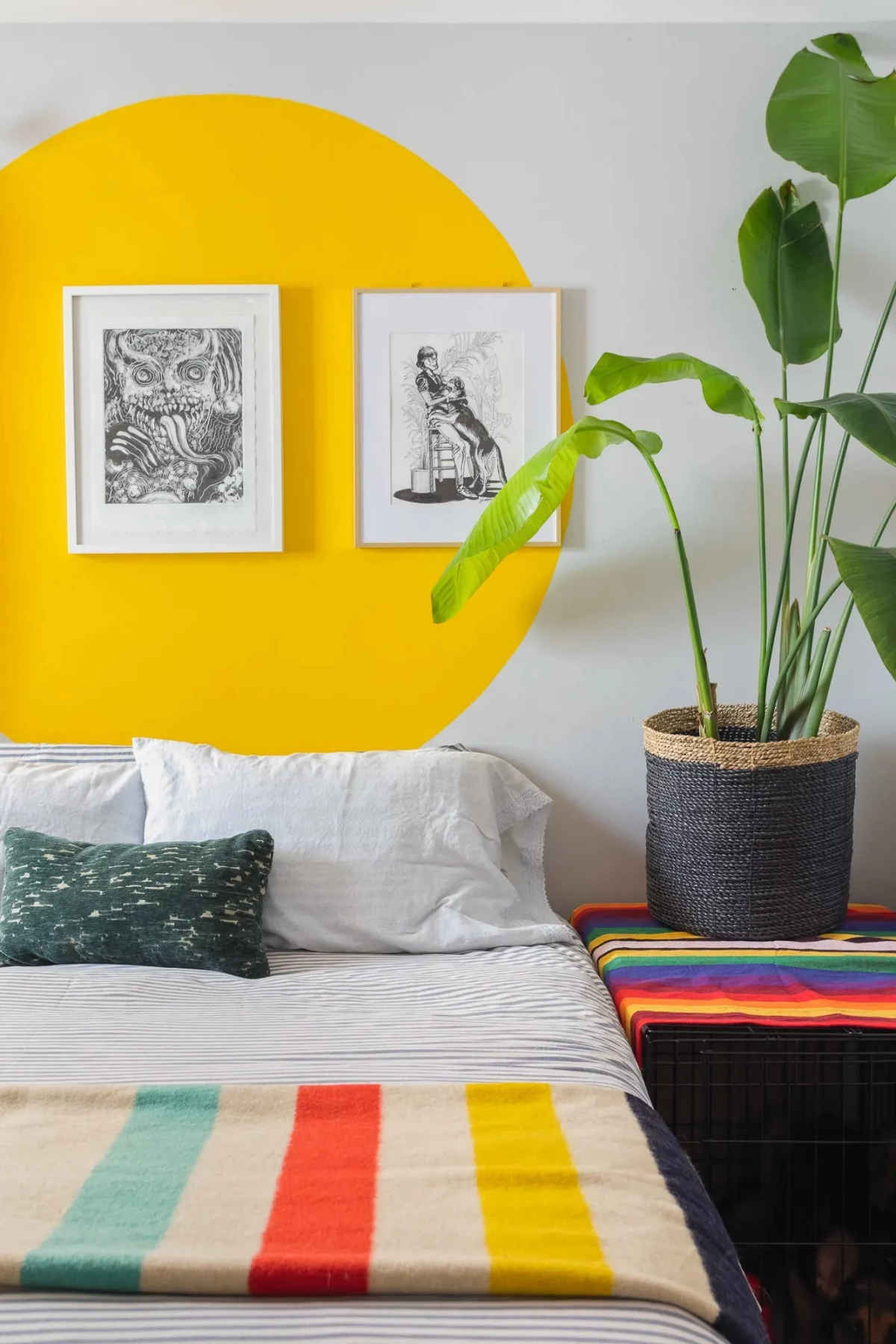
So, How Do Plants Actually Clean the Air?
To pick the right green partner, you need to know what you’re up against. Most of our indoor air is full of stuff called Volatile Organic Compounds, or VOCs for short. It’s a fancy term for chemicals that turn into gas at room temperature. They seep out of all sorts of everyday things—paint, cleaning sprays, new furniture, even your carpet.
You’ve probably heard about some well-known research that showed common houseplants could pull these VOCs out of the air in a sealed lab chamber. That’s where this whole “air-purifying plants” idea really took off. And it’s solid science! But… your home isn’t a sealed lab. You’ve got doors opening, windows cracking, and air moving all over the place. So while one little plant won’t scrub your entire house, a healthy group of them absolutely contributes to a fresher, cleaner environment.
It happens in two main ways. First, plants breathe in gases through tiny pores on their leaves. They absorb some of these nasty pollutants right along with the carbon dioxide they need for photosynthesis. But here’s the part most people don’t know: a lot of the magic happens in the soil. The plant acts like a pump, pulling toxins down into its root zone. There, a whole community of tiny microbes in the dirt goes to work, breaking down the chemicals into harmless stuff. A healthy, living root system is like its own little purification engine.

Before You Buy: A Little Planning Goes a Long Way
Picking a plant isn’t just about what looks pretty on your shelf. You’ve got to think about your home, your family (furry members included), and how much time you actually have. A little foresight now saves a ton of headaches later.
And speaking of headaches, let’s talk about a few common beginner mistakes I see all the time.
- The #1 Plant Killer: Overwatering. More plants die from too much love than neglect. We get worried they’re thirsty and end up drowning them. Soggy soil leads to root rot, and that’s a tough one to come back from.
- Getting the Light Wrong.
Galerie d’inspiration

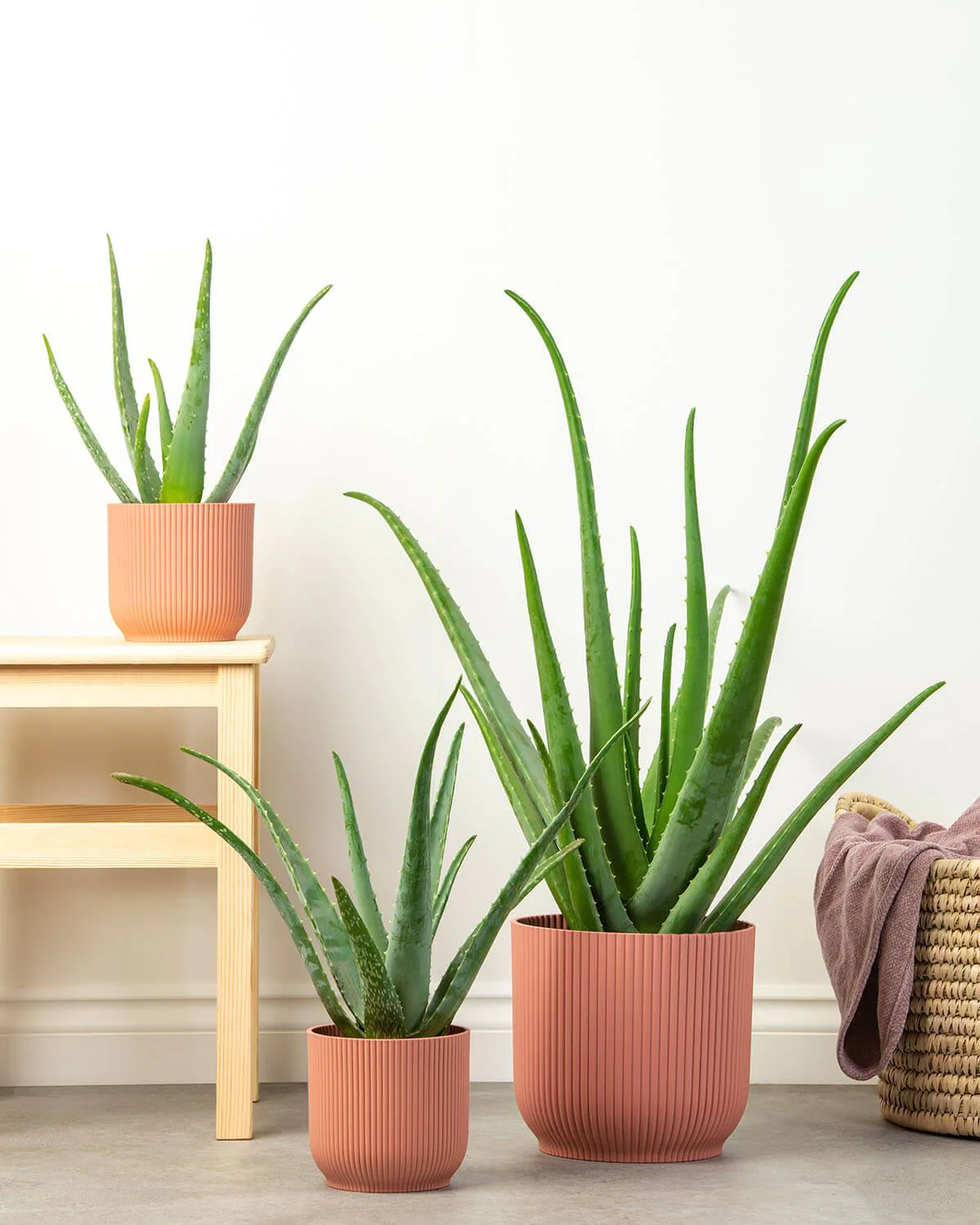
Is there a trick to maximizing a plant’s air-cleaning power?
Absolutely, and it’s all in the soil. The microbes around the roots are your secret weapon against VOCs. To boost their effectiveness, ensure the soil surface is exposed to the air. Gently remove any decorative moss or stones covering the topsoil. When you water, do so thoroughly until it drains, which helps pull airborne toxins down to the roots where the microbes can break them down. This simple step turns a decorative plant into a more active biofilter.
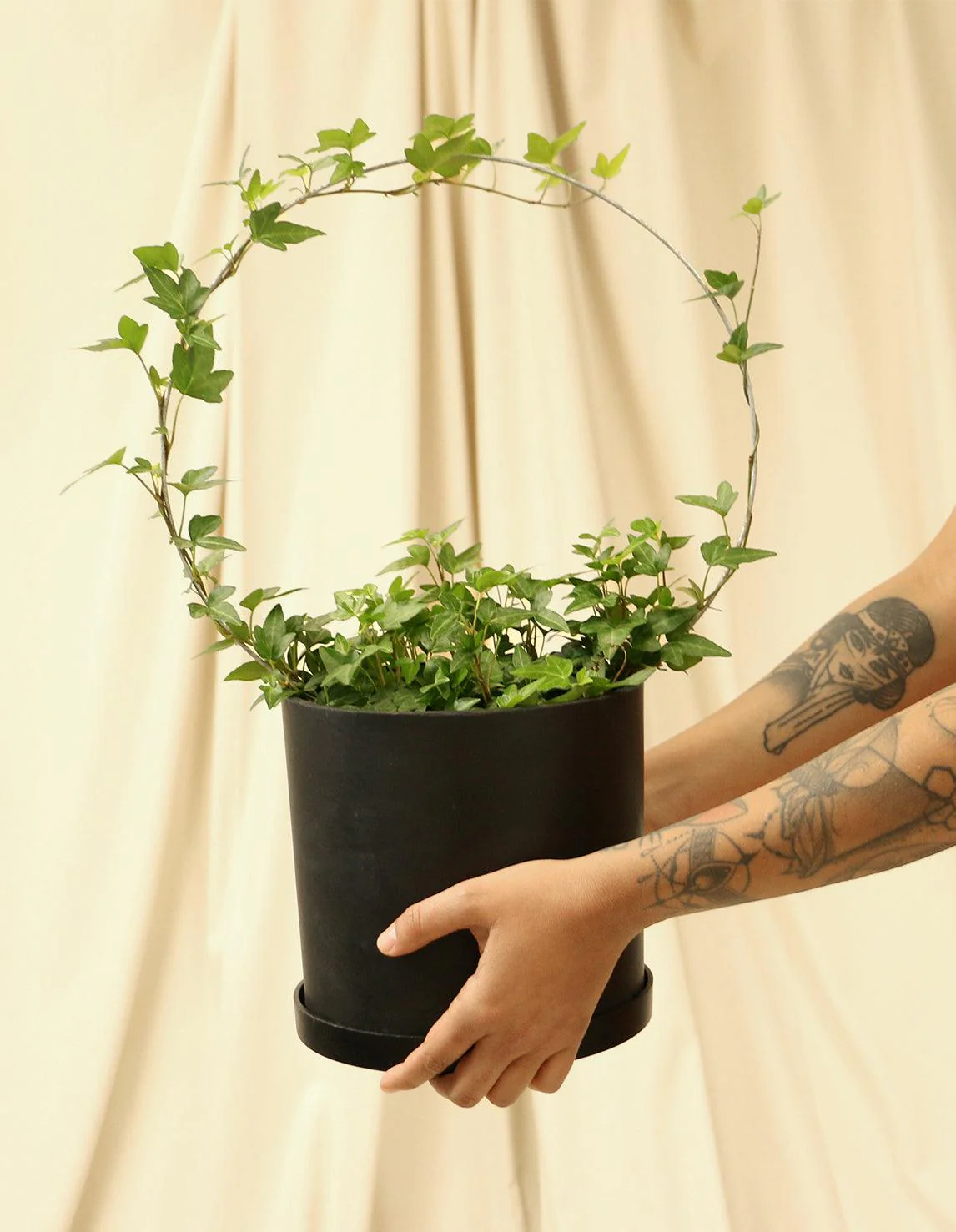
The original 1989 NASA Clean Air Study found that the Peace Lily (Spathiphyllum ‘Mauna Loa’) could remove 9.6 micrograms of benzene from the air per hour in a sealed chamber.
While your living room isn’t a sealed lab, this highlights the potent, natural ability of certain plants. Benzene is a common VOC found in plastics, resins, and synthetic fibers. Placing a Peace Lily near a new piece of furniture or in a room with synthetic carpets can contribute to a healthier micro-environment.
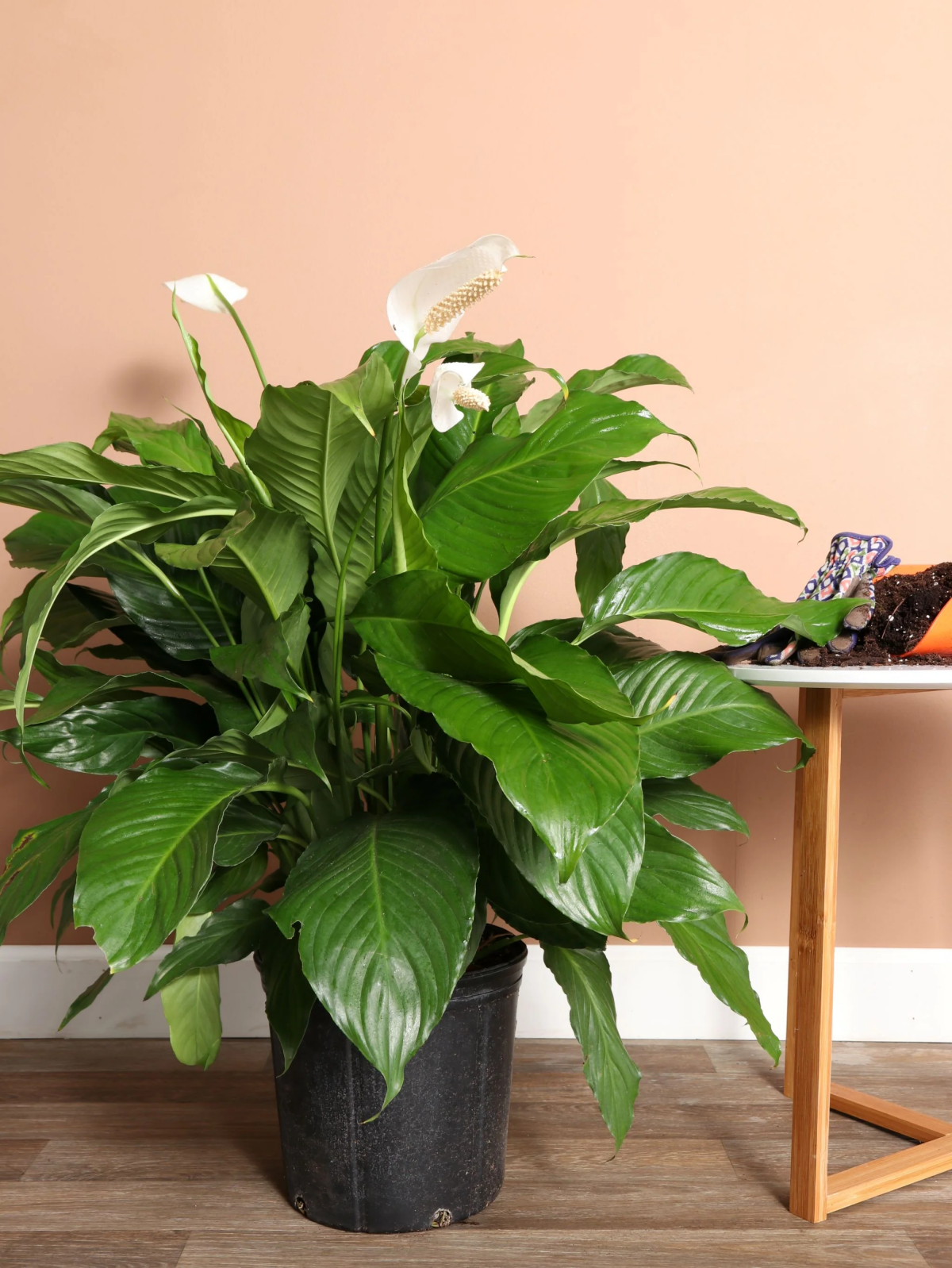
The forgotten chore: Your plant’s leaves are its lungs, but they’re also natural dust traps. A thick layer of household dust can block the tiny pores (stomata) that absorb pollutants and C02. More than just an eyesore, this dust can harbor allergens. Once a month, give your leafy friends a gentle wipe-down with a damp microfiber cloth or a quick rinse in the shower to keep them breathing easy and cleaning efficiently.
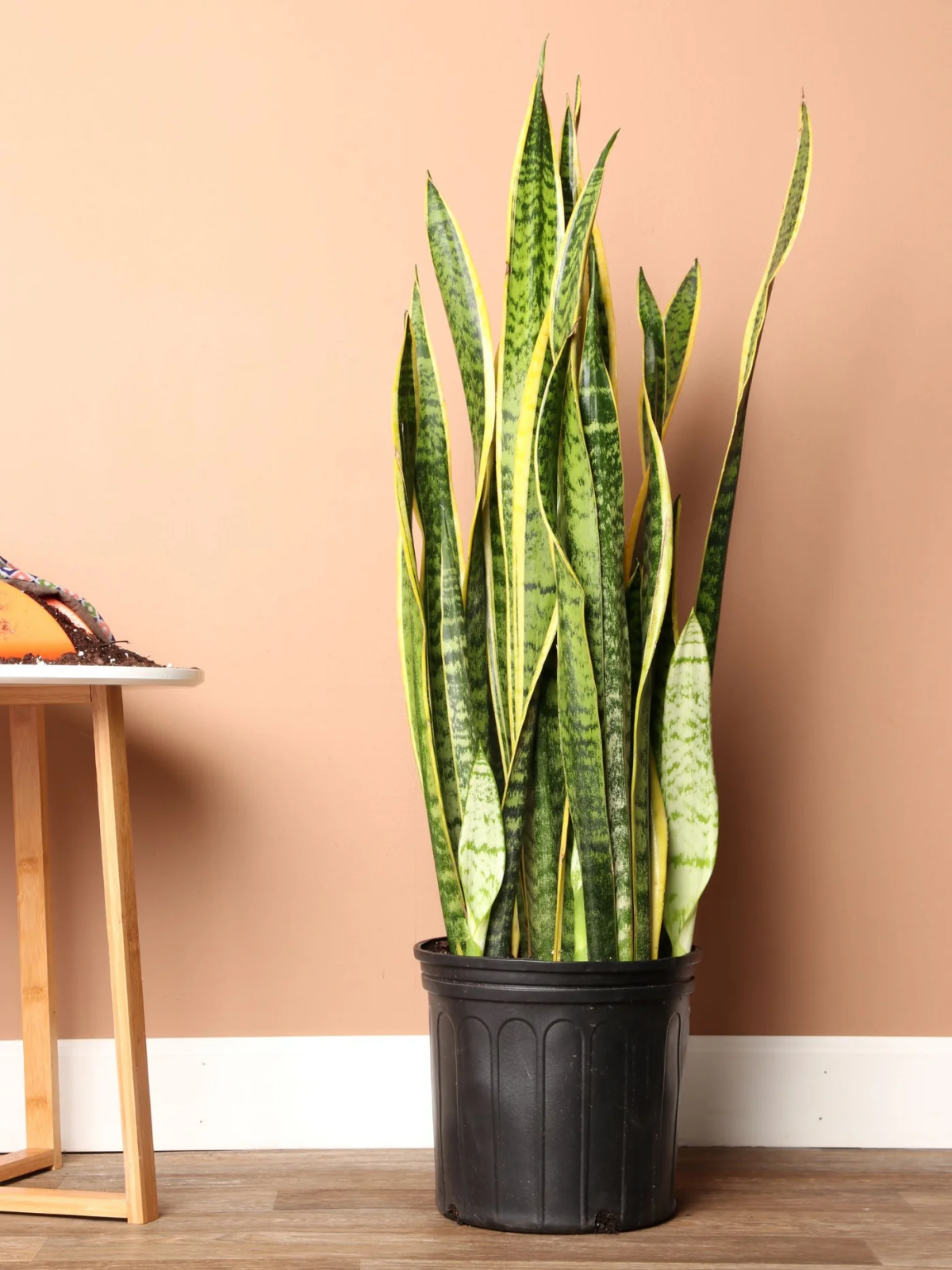
Beyond filtering VOCs, some plants are fantastic natural humidifiers, which can soothe sinuses and reduce the survival of flu viruses in the air. Consider these two popular options:
- Boston Fern (Nephrolepis exaltata): A champion of transpiration, this lush fern actively releases moisture into the air, making it ideal for dry bedrooms.
- Areca Palm (Dypsis lutescens): Often called the “living room humidifier,” a mature Areca Palm can transpire up to a liter of water every 24 hours.
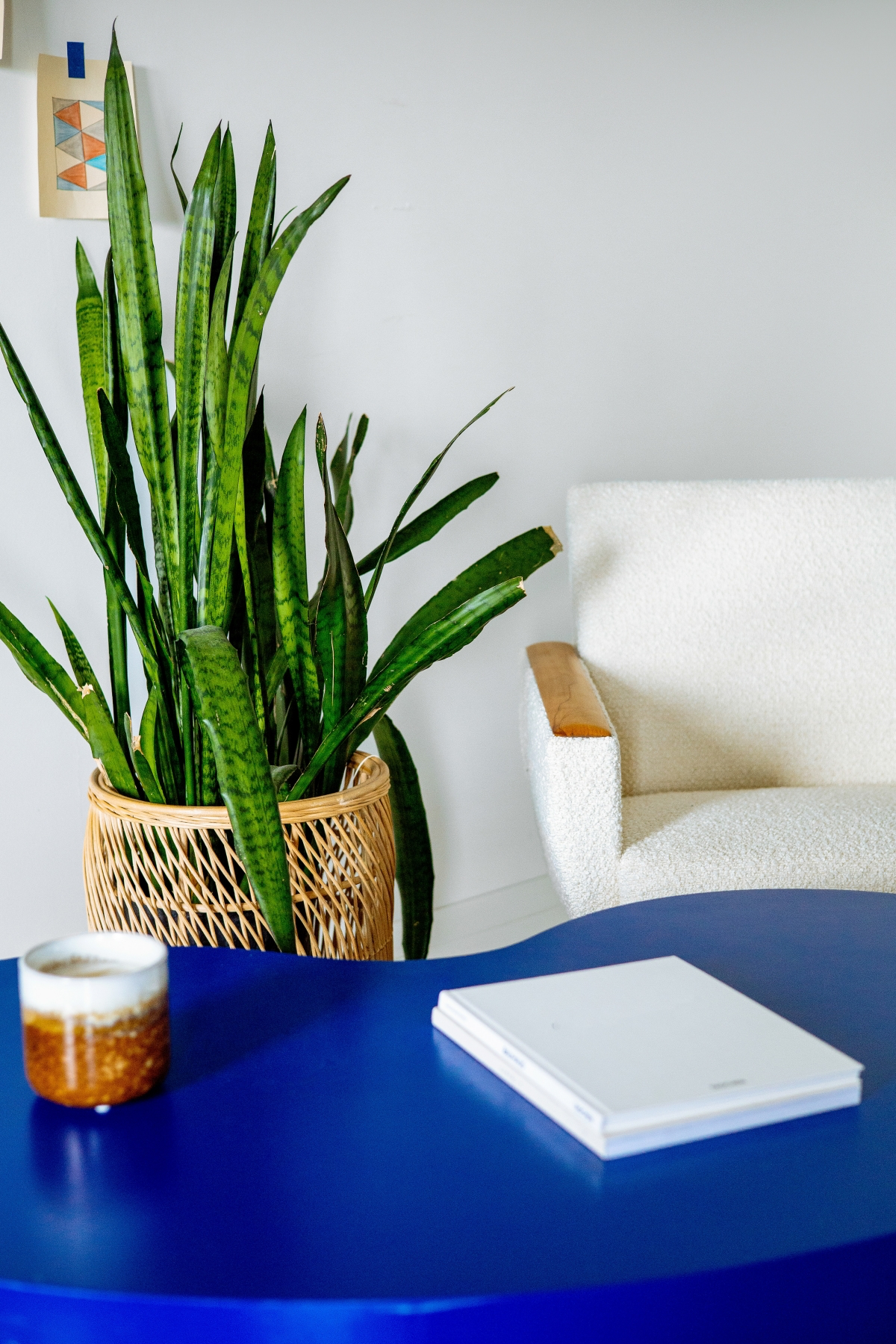
Terracotta Pots: Their porous clay allows air and water to move through the sides of the pot, preventing the soil from becoming waterlogged and encouraging a healthy microbial ecosystem in the root zone—the primary site of VOC breakdown. They are a classic for a reason.
Glazed Ceramic or Plastic Pots: These non-porous containers retain moisture much longer. While stylish, they require more careful watering to avoid root rot, which would kill the beneficial microbes. If you choose one, ensure it has excellent drainage holes.
For maximum air-purifying benefit, terracotta is the superior functional choice.
Don’t underestimate the power of grouping. A single, isolated plant has a limited effect, but creating a small “jungle” of three or more plants in a corner exponentially increases their impact on the immediate area. This cluster creates a microclimate with higher humidity and a greater collective surface area of leaves and soil to capture and process airborne impurities. Mix and match textures and heights with plants like Snake Plants, Spider Plants, and Dracaena for a stylish and functional green zone.










